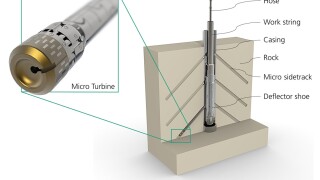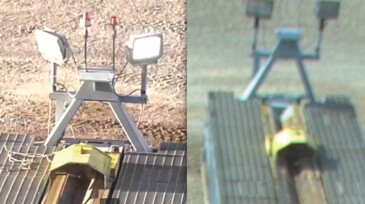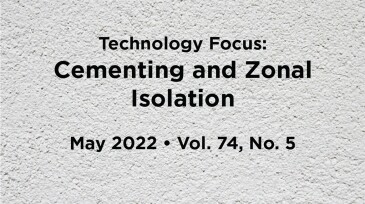Drilling
The Federal Reserve Bank of Dallas’ fourth-quarter energy survey shows that oil prices and geopolitical uncertainty are curbing enthusiasm heading into the new year.
A field test study examines micro turbine drilling in a clay formation that allows steel casing and formation to be drilled in a single operation.
The discovery in the Kutei Basin offshore Indonesia is being considered for fast-track development.
-
Drilling automation champions met to identify where this emerging technology needs to be by the end of the decade. What they ended up agreeing on most was that the business models used today are largely incompatible with the technology of the future.
-
Artificial intelligence and machine learning, which can effectively mine deep insight from a large amount of drilling operational data and synthetic forward modeling data, are starting to shape the design and operations of extended-reach and complex wells.
-
Managed-pressure drilling has been associated as a technology used only on problematic wells and only as a last resort. However, when integrated at the beginning of operations as part of a comprehensive well plan, it becomes a performance-enhancing solution for any type of well classification, including development, directional, multilaterals, and horizontals.
-
This paper describes a successful U-turn trajectory test in South Texas that has created new economic project opportunities for the company and increased optionality within challenged lease spaces across the field.
-
Capitalizing on technology that originated with NASA delivers savings on directional drilling operations.
-
A pilot application using computer vision technology has been created to count and measure the pipe entering the wellbore and detect personnel movement in the red zone during pipe-delivery operations.
-
The authors seek to eliminate the need for pressure testing in the evaluation of annular creep barriers by qualifying the barrier using only cased-hole log measurements.
-
This paper discusses the results of extensive laboratory tests used for the customization of a reservoir drill-in fluid and a delayed breaker—and their field performance—for two deepwater gas-injector wells.
-
In the October 2021 issue of JPT, incoming SPE President Kamel Ben-Naceur discussed the importance of collaboration in solving technical problems quickly and efficiently. Three of the papers selected in this section are from collaborations between multiple companies pooling their expertise and resources to develop solutions for complex problems that could not be addre…
-
This paper presents a screenout-classification system based on Gaussian hidden Markov models that predicts screenouts and provides early warning.













